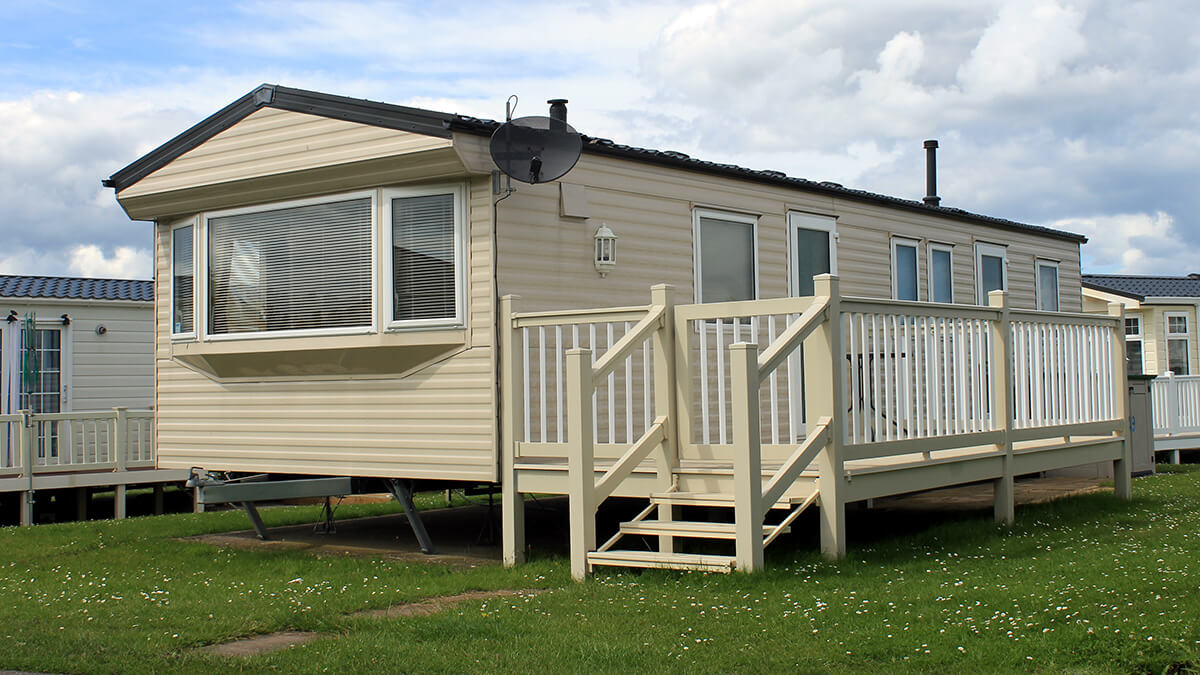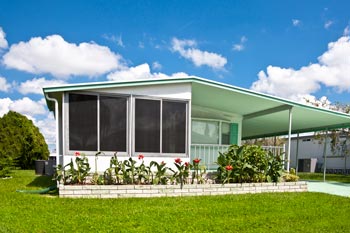Flower bulb planting guide

Although hardy bulbs don't need a lot of attention once planted, they do require cold temperatures in order to flower in the spring. A general rule is to complete your plantings before the first hard frost is expected in your gardening region.
What you need to plant bulbs
- Garden Tools: Spading fork, mini-shovel, garden rake, hand trowel or bulb planter and garden hose.
- Bulbs: Select firm, disease-free bulbs from a reputable garden supply store. Look for bulbs with smooth, unblemished surfaces. Plant immediately or store in a cool location until you are ready to put them in the ground.
- Organic Material: Use Peat moss or compost made with fallen leaves, lawn clippings and kitchen scraps.
- Bulb Fertilizer: Select bone meal or a slow acting formula like 5-10-5 and apply according to the label.
- Mulch and Water: Cover finished plantings with 3 or 4 inches of chopped leaves or other organic mulch to protect bulbs. Water thoroughly.
Just follow these steps for planting bulbs:
- Select a sunny, well-drained location to plant your spring blooming bulbs.
- Prepare the planting area by digging down about 12 inches to loosen soil. If necessary, you can loosen dense or compact soil with sand or pre-moistened peat moss.
- After soil is loosened, mix in some organic material – such as compost or peat moss to enrich the planting area and improve its ability to hold moisture. Mix in bone meal or a slow acting special bulb fertilizer before you set in the bulbs.
- Create a natural-looking area by planting bulbs all at once rather than one bulb at a time. The best planting distance between bulbs depends on the size of the flower and effect you want to achieve. The depth of the planting hole also depends on bulb size, but digging a hole two or three times the height of the bulb is usually just right.
- You can plant bulbs in groups by removing the top several inches of soil or by using a bulb auger to dig individual holes.
- Place bulbs in the hole with pointed end up and blunt end down. Replace the soil, water thoroughly and cover with mulch.


